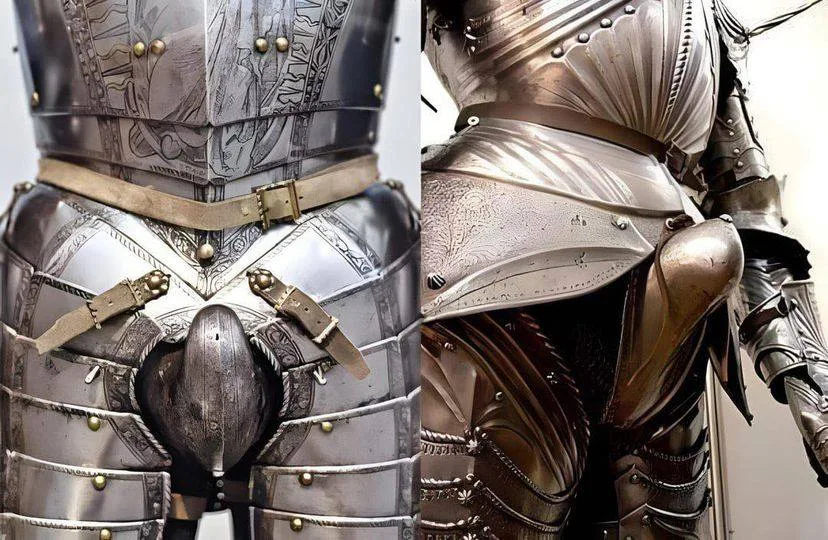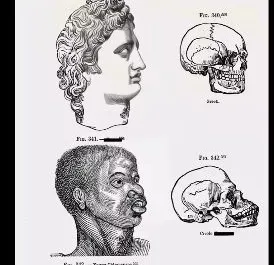In the annals of history, few artifacts capture the grandeur and personality of a monarch as vividly as the armor of King Henry VIII. Crafted during the 16th century, these suits of armor are more than mere protective gear—they are masterpieces of craftsmanship and symbols of Tudor extravagance. Among the most striking features is the exaggerated codpiece, a design element that has intrigued historians and visitors alike. This blog post explores the historical significance, craftsmanship, and cultural symbolism of Henry VIII’s armor, with a focus on the iconic codpiece showcased in surviving examples.

Historical Context
King Henry VIII, reigning from 1509 to 1547, was known for his larger-than-life persona, and his armor reflected this. Commissioned from the royal workshops at Greenwich, these suits were tailored to his imposing physique, which changed over time due to his indulgent lifestyle. The armor, including pieces housed in the Royal Armouries, was designed not only for battle but also for tournaments and ceremonial displays, showcasing his power and masculinity. The codpiece, a padded flap covering the groin, evolved from a functional component to a flamboyant statement, reaching its peak of exaggeration during Henry’s later years.
Craftsmanship and Design
The armor featured in the image exemplifies the pinnacle of Tudor metalwork. The left suit displays a prominent, bulbous codpiece, secured with leather straps and adorned with rivets and intricate engravings. The metal plates, polished to a silvery sheen, are decorated with etched patterns that highlight the skill of Greenwich armorers. The right suit offers a more contoured design, with the codpiece seamlessly integrated into the fauld (armored skirt). This version features delicate floral etchings and a slightly less exaggerated codpiece, suggesting a transition in style as Henry aged. Both suits demonstrate the use of high-quality steel, often gilded or engraved, reflecting the wealth and technological prowess of the era.
Cultural Symbolism
Beyond protection, the codpiece served as a bold cultural symbol. In Renaissance Europe, it emphasized male virility, aligning with Henry’s image as a robust, athletic king—especially in his youth when he excelled in jousting. As his reign progressed and his health declined, the exaggerated codpiece became a statement of defiance, countering perceptions of his waning physical prowess. This blend of practicality and pomp made the armor a unique artifact, bridging martial utility with royal theater.
Legacy
Today, Henry VIII’s armor remains a testament to his reign’s opulence and the artistry of his time. Preserved in museums, these pieces offer a window into the past, revealing how even battle gear could be transformed into a canvas for personal expression. The exaggerated codpiece, once a subject of curiosity, now stands as a fascinating footnote in the history of fashion and warfare.
Conclusion
The armor of King Henry VIII is more than a relic—it’s a story of power, pride, and craftsmanship. From the detailed engravings to the bold codpiece, each element reflects the king’s desire to leave a lasting impression. As we admire these historical treasures, we’re reminded of a time when even the tools of war were imbued with royal flair.




